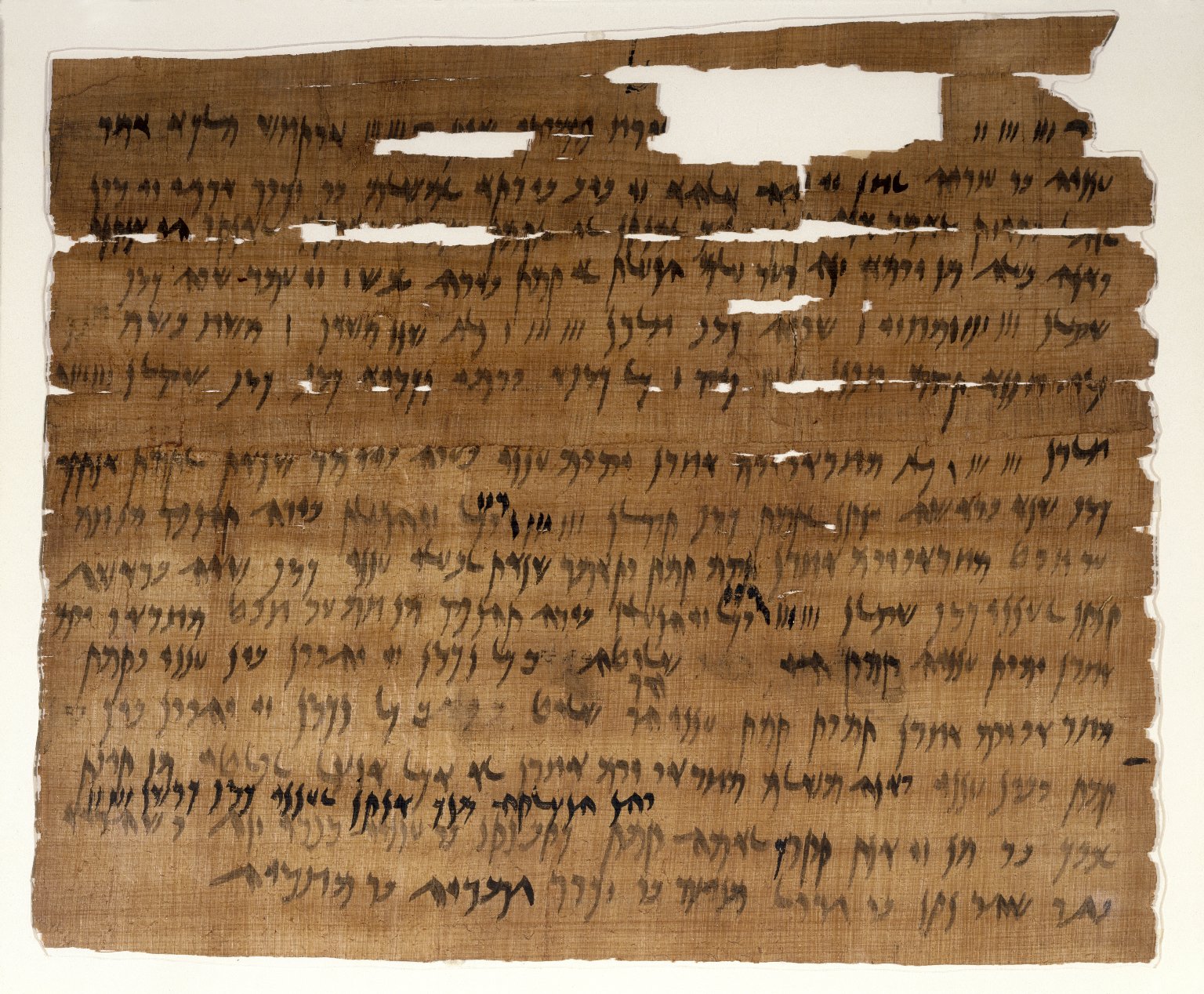|
Hananiah (Samaritan)
Hananiah ben Sanballat was hereditary governor of Samaria under the Achaemenid Empire. He reigned during the mid fourth century BCE. He was the son of Sanballat II and is mentioned in the Elephantine papyri The Elephantine Papyri and Ostraca consist of thousands of documents from the Egyptian border fortresses of Elephantine and Aswan, which yielded hundreds of papyri and ostraca in hieratic and demotic Egyptian, Aramaic, Koine Greek, Latin and Co .... References *Frank Moore Cross, Jr. "Aspects of Samaritan and Jewish History in Late Persian and Hellenistic Times." ''The Harvard Theological Review'', Vol. 59, No. 3 (Jul., 1966), pp. 201-211. *Frank Moore Cross Jr. "The Discovery of the Samaria Papyri." ''The Biblical Archaeologist'', Vol. 26, No. 4 (Dec., 1963), pp. 109-121. Ancient Samaritan people {{MEast-bio-stub ... [...More Info...] [...Related Items...] OR: [Wikipedia] [Google] [Baidu] |
Samaria
Samaria (; he, שֹׁמְרוֹן, translit=Šōmrōn, ar, السامرة, translit=as-Sāmirah) is the historic and biblical name used for the central region of Palestine, bordered by Judea to the south and Galilee to the north. The first-century historian Josephus set the Mediterranean Sea as its limit to the west, and the Jordan River as its limit to the east. Its territory largely corresponds to the biblical allotments of the tribe of Ephraim and the western half of Manasseh. It includes most of the region of the ancient Kingdom of Israel, which was north of the Kingdom of Judah. The border between Samaria and Judea is set at the latitude of Ramallah. The name "Samaria" is derived from the ancient city of Samaria, capital of the northern Kingdom of Israel. The name Samaria likely began being used for the entire kingdom not long after the town of Samaria had become Israel's capital, but it is first documented after its conquest by Sargon II of Assyria, who turned the ... [...More Info...] [...Related Items...] OR: [Wikipedia] [Google] [Baidu] |
Achaemenid Empire
The Achaemenid Empire or Achaemenian Empire (; peo, 𐎧𐏁𐏂, , ), also called the First Persian Empire, was an ancient Iranian empire founded by Cyrus the Great in 550 BC. Based in Western Asia, it was contemporarily the largest empire in history, spanning a total of from the Balkans and Egypt in the west to Central Asia and the Indus Valley in the east. Around the 7th century BC, the region of Persis in the southwestern portion of the Iranian plateau was settled by the Persians. From Persis, Cyrus rose and defeated the Median Empire as well as Lydia and the Neo-Babylonian Empire, marking the formal establishment of a new imperial polity under the Achaemenid dynasty. In the modern era, the Achaemenid Empire has been recognized for its imposition of a successful model of centralized, bureaucratic administration; its multicultural policy; building complex infrastructure, such as road systems and an organized postal system; the use of official languages across ... [...More Info...] [...Related Items...] OR: [Wikipedia] [Google] [Baidu] |
Sanballat II
Sanballat II is hypothesized to be a hereditary governor of Samaria under the Achaemenid Empire. If he existed, he reigned during the early and mid fourth century BCE. He is hypothesized to be a grandson of Sanballat the Horonite, who is mentioned in the Book of Nehemiah and the Elephantine papyri. The regnal number of "II" is a modern convention, and he would not have been called that at the time. The hypothesized time period where Sanballat II was governor may have coincided with the construction of the Samaritan Temple on Mount Gerizim. Samaria papyri Frank Moore Cross was involved in the purchase and excavation of ancient papyri at Wadi Daliyeh, preserved by the dry climate. A Sanballat is indeed referred to in these papyri, but the time period seemed to be somewhat later than the period described in the Book of Nehemiah. As a result, Cross came to the conclusion that at least three different Sanballats ruled as governor of Samaria during the Persian era, and that the ... [...More Info...] [...Related Items...] OR: [Wikipedia] [Google] [Baidu] |
Elephantine Papyri
The Elephantine Papyri and Ostraca consist of thousands of documents from the Egyptian border fortresses of Elephantine and Aswan, which yielded hundreds of papyri and ostraca in hieratic and demotic Egyptian, Aramaic, Koine Greek, Latin and Coptic, spanning a period of 100 years. The documents include letters and legal contracts from family and other archives, and are thus an invaluable source of knowledge for scholars of varied disciplines such as epistolography, law, society, religion, language and onomastics. The Elephantine documents include letters and legal contracts from family and other archives: divorce documents, the manumission of slaves, and other business. The dry soil of Upper Egypt preserved the documents. Hundreds of these Elephantine papyri span a period of 100 years, during the 5th to 4th centuries BCE. Legal documents and a cache of letters survived, turned up on the local "grey market" of antiquities starting in the late 19th century, and were scattered int ... [...More Info...] [...Related Items...] OR: [Wikipedia] [Google] [Baidu] |


